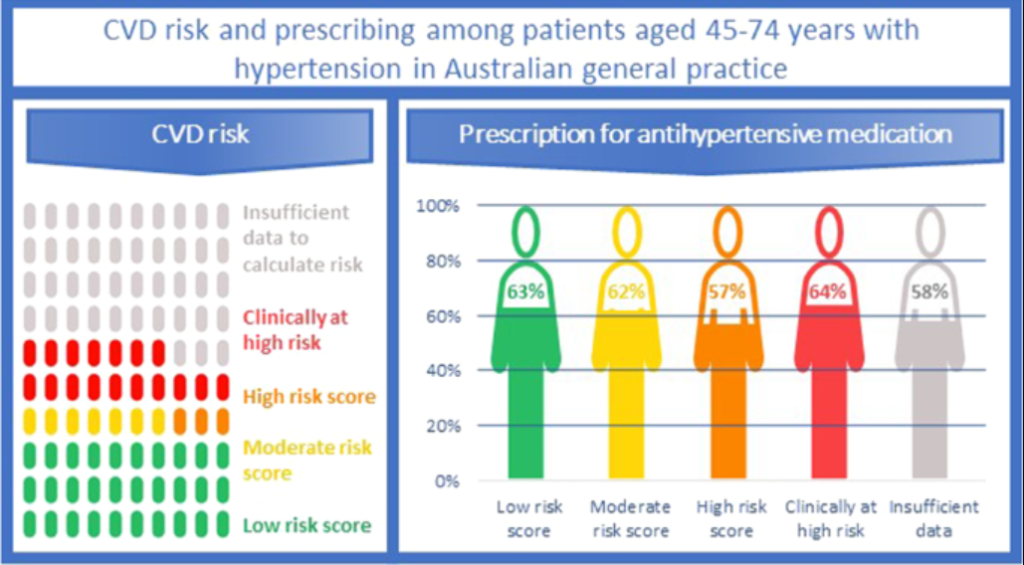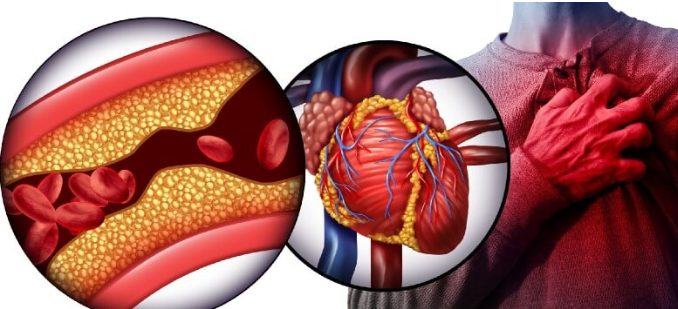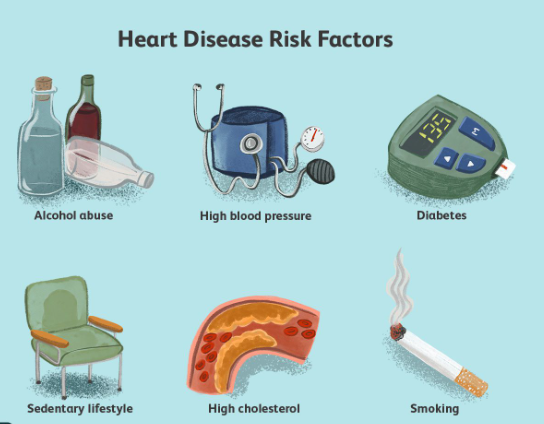heart disease risk calculator: With the use of a new tool, the American Heart Association hopes to increase public awareness of heart disease risk.
- PREVENT, a unique cardiovascular risk calculator, has been unveiled by the American Heart Association.
- In addition to heart attack and stroke, the calculator also covers heart failure for the first time.
- It is the first risk calculator to add kidney and metabolic health as risk factors for cardiovascular disease.
What do you know about your risk of cardiovascular disease? There’s never been a better moment to start learning. The American Heart Association’s PREVENT (Predicting Risk of Cardiovascular Disease Events) risk calculator, which was published today in the journal Circulation Trusted Source, takes an innovative approach to calculating CVD risk. For persons aged 30 to 79, the calculator can estimate their 10- and 30-year risk of cardiovascular disease and heart failure. It is intended to assist people and their doctors in making honest and educated risk and prevention decisions.

PREVENT’s new algorithms are based on data from over six million adults in the United States. These folks reflect a varied spectrum of ethnic and socioeconomic backgrounds. The risk calculator additionally distinguishes CVD risks based on biological sexes, taking into account new study findings particular to women.
A novel algorithm for determining the risk of heart disease in young people
PREVENT makes numerous significant changes to its methodologies in order to improve the accuracy and scope of its forecasts.
Some major insights from today’s scientific statement:
- Heart failure, along with heart attack and stroke, is mentioned as an outcome for the first time.
- Another first is the inclusion of kidney illness and metabolic health as risk factors for heart disease.
- PREVENT is more exact and trustworthy for women because the computations are divided among men and women based on biological sex.
- Race is no longer a risk factor.
Dr. Sadiya Khan, a Northwestern University Professor of Cardiovascular Epidemiology and the initial author of the scientific statement, told Healthline that their goal with PREVENT is to “really transform the paradigm for prevention.”

The cardiovascular-kidney-metabolic syndrome (CKM) is a distinct health concept at the heart of this new paradigm. CKM is a more comprehensive and holistic view of the intricate interplay of multiple organ systems inside the human body, which can affect one another at the same time and result in the formation of clusters of health problems.
Obesity, renal disease, and heart disease are all frequently diagnosed and treated separately. CKM contributes to shedding light on this trinity as interconnected and biologically related health consequences rather than as autonomous health outcomes. As a result, obesity is linked to an increased risk of CVDTAccording to the source, type 2 diabetes risk is also influenced by weight, and those with type 2 diabetes are twice as likely to have cardiovascular diseaseTrusted Source.

“It’s really, really important that we move away from thinking about treating someone’s diabetes as different from treating someone’s kidney disease, or treating someone’s heart disease, and really thinking about treating someone’s risk for heart disease overall as a whole person,” Khan said.
The calculator can predict the risk of heart failure and heart disease.
PREVENT is intended to provide doctors and patients with the most precise picture of cardiovascular disease risk, including heart failure. In 2013, the AHA revised their risk calculator for the first time in ten years.
The research is based on “pooled cohort equations”—mathematical formulas that use social and biological elements to predict risk across time. In this example, PREVENT is intended to forecast danger over two time periods: ten years and thirty years. It can also be used to predict the progression of CKM, which is divided into four phases ranging from no CKM risk (stage 1) to having some type of cardiac disease and CKM risk factors at the same time (stage 4).

“This important article is not only about predicting heart attack and stroke, but also about incorporating more recent studies so that we have a more accurate risk estimation algorithm,” said Dr. Roger Blumenthal, Director of the Johns Hopkins University Ciccarone Center for the Prevention of Heart Disease.
“So, we’re able to do a much better job of estimating the absolute risk, not only of heart attack and stroke, but also heart failure and kidney disease,” he added. Blumenthal examined the AHA’s scientific statement before it was published but did not contribute to it.
Race and heart disease risk
The decision to remove race as a risk factor from the risk calculator is a significant adjustment. To be clear, race has been linked to the development of cardiac disease and treatment outcomes. The authors, however, did not want race to be understood as a non-modifiable biological risk factor, which could lead to clinicians making race-specific treatment decisions.

“We are not denying that certain racial and ethnic groups are at a higher risk.” Black Americans, for example, have a substantially higher chance of developing and dying from heart disease. “The decision to remove race is not intended to mitigate that higher risk, but rather to prioritize and focus on the risk factors that contribute to that higher risk,” Khan explained.
Using PREVENT
Consider speaking with your doctor if you want to understand more about your risk of heart disease. PREVENT is not intended for individuals to use on their own, but rather as part of a conversation with their healthcare physician.
“I believe it is critical to educate people about the fact that more than 80% of cardiovascular events are preventable,” and we want to do everything we can to get folks interested early on. And now, thanks to this paper, we can be considerably more accurate in projecting danger in middle-aged people,” Blumenthal said.

He told Healthline that early prevention is essential.If you’re not sure what it entails, understanding the AHA’s Essential 8 Trusted Sources is an excellent starting point. These eight parameters, which include fitness, cholesterol, weight, and sleep, are crucial and, more importantly, changeable components of heart health maintenance.
The bottom line
PREVENT, a new heart disease risk calculator developed by the American Heart Association, has been updated to add new risk factors such as kidney and metabolic illness. PREVENT may predict heart health risks for people over the age of thirty across 10- and 30-year time periods. The risk calculator should be used to facilitate informed risk and preventative discussions between patients and their doctors.
Frequently asked questions
How is heart disease risk calculated?
It gives one of four risk scores based on nine parameters, which include age, gender, race, cholesterol, blood pressure, smoking history, and diabetes. Additional testing may be beneficial if a patient has borderline or intermediate risk of developing heart disease.
What is a good cardiac risk score?
Many heart risk calculators categorize your cardiovascular disease risk as follows: Low: less than 5% chance. A 5% to 7.4% risk exists. Intermediate: A risk of 7.5% to 19.9%.
How to avoid heart attack?
Strategies to prevent heart disease
- Don’t smoke or use tobacco. …
- Get moving: Aim for at least 30 to 60 minutes of activity daily. …
- Eat a heart-healthy diet. …
- Maintain a healthy weight. …
- Get quality sleep. …
- Manage stress. …
- Get regular health screening tests.
How do you know if your heart is healthy?
“A normal resting heart rate as a measure of health for most adults is anywhere between 60 and 100 beats per minute,” Dr. Chaudry said.
Which food is good for heart?
Oils and foods high in monounsaturated and polyunsaturated fats:
- Canola, corn, olive, safflower, sesame, sunflower, and soybean oils (not coconut or palm oil)
- Nuts such as walnuts, almonds, and pine nuts.
- Nut and seed butters.
- Salmon and trout.
- Seeds (sesame, sunflower, pumpkin, or flax)
- Avocados.
- Tofu.
Click here, to check HNN’s latest Post.
Also read-ADHD: ADHD Symptoms in Adults And Diagnosing ADHD For Good Health
images source: Google




































